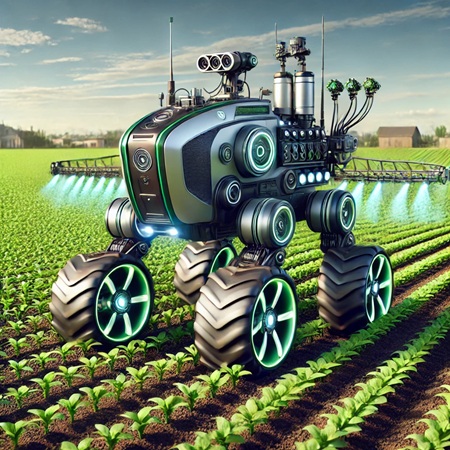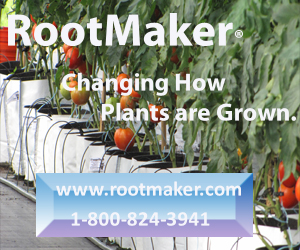In recent years, technological advances have transformed the agricultural sector, making it more efficient and sustainable. One of the emerging innovations in this field is the use of Argobots—autonomous robotic systems designed to perform various farming tasks with precision and efficiency. These robots are playing a crucial role in modernizing agriculture, reducing labor costs, and increasing productivity.
What Are Argobots?
Argobots are specialized agricultural robots equipped with artificial intelligence (AI), computer vision, and advanced sensors to perform various farming tasks. These robots can be autonomous or semi-autonomous, designed to work in diverse agricultural settings, including crop cultivation, livestock management, and soil monitoring. They come in various forms, such as robotic harvesters, drones, autonomous tractors, and planting systems.
Key Applications of Argobots in Farming
1. Precision Planting and Seeding

Argobots enable precise planting by using AI-driven algorithms and GPS-guided navigation. These robots can analyze soil conditions and determine the optimal depth and spacing for seeds, ensuring uniform crop distribution and reducing waste.
2. Automated Crop Monitoring
Drones and ground-based Argobots equipped with high-resolution cameras and multispectral sensors can monitor plant health, detect diseases, and assess nutrient deficiencies. These real-time insights help farmers take proactive measures to improve crop yield and minimize losses.
3. Weed and Pest Control
Advanced robotic systems can differentiate between crops and weeds, enabling targeted pesticide application or mechanical weed removal. This minimizes the overuse of chemicals, making farming more environmentally friendly and cost-effective.
4. Harvesting and Sorting
Argobots equipped with robotic arms and AI-powered image recognition systems can identify ripe produce and harvest crops with precision. These systems ensure high efficiency while reducing post-harvest losses caused by human error.
5. Livestock Management
In animal farming, Argobots are used for automated feeding, health monitoring, and even herding. They help farmers track livestock behavior, detect illnesses early, and optimize feeding schedules, leading to healthier animals and improved productivity.
Benefits of Argobots in Agriculture
- Increased Efficiency: Argobots work faster and more accurately than human labor, reducing time and resource wastage.
- Cost Reduction: Automated farming reduces dependency on manual labor, lowering operational costs in the long run.
- Sustainability: By optimizing input use (such as water, fertilizers, and pesticides), Argobots contribute to environmentally friendly farming practices.
- Higher Yield: Advanced monitoring and precision techniques lead to healthier crops and increased agricultural output.
Challenges and Future Prospects
Despite their advantages, the adoption of Argobots faces challenges, including high initial investment costs, the need for technical expertise, and potential job displacement. However, continuous advancements in AI and robotics are making these technologies more affordable and accessible.
Looking ahead, the integration of Argobots with Internet of Things (IoT) technologies, blockchain for supply chain transparency, and big data analytics will further revolutionize farming. As these innovations progress, Argobots are set to become an essential component of the global agricultural landscape, ensuring food security and sustainability.
Conclusion
Argobots represent a significant leap forward in automated farming, offering solutions that enhance productivity, sustainability, and cost-efficiency. As agriculture continues to evolve, the widespread adoption of these robotic systems will play a vital role in shaping the future of food production.




Comment here